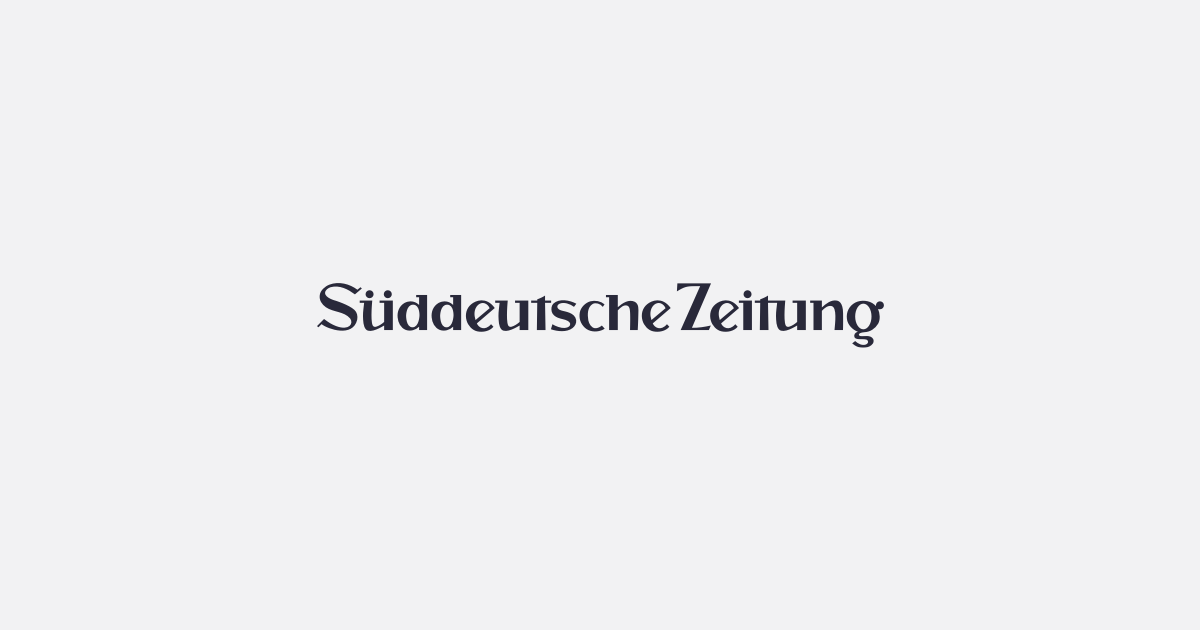Look what is happening in Germany. Cases are climbing as temperature is falling. Another factor in Germany is the degree of post construction insulation, as this further lowers indoor air turnover.
It would be interesting to see a time series graph with surges superimposed against deviation from 72F.
The
Süddeutsche Zeitung (South German Times, basically, the main newspaper for Munich) has some interesting graphics (scroll down to "Das Wichtigste zum Coronavirus"):
Das Coronavirus verbreitet sich um die Welt. Lesen Sie alle aktuelle Nachrichten zum Thema auf SZ.de.

www.sueddeutsche.de
The "Übersicht" shows a map of Germany, and breaks down case by Kreis, which is roughly equivalent to a county in the US. Most of the dark red areas are clustered in the Bundesländer (roughly equivalent to a US state) in Bayern (Bavaria), Thüringen and Sachsen (Saxony). Baden-Württemberg and Brandenburg also aren't doing so hot.
Now....click on the heading "Impfung" (vaccination), and low and behold, look who occupies 5 of the 6 lowest positions for percentage of the population? Why, it's those same 5 Bundesländer, plus Sachsen Anhalt, who also is mostly pink, red and dark red on the map. The most vaccinated Bundesland is Bremen, and although this small state is a little hard to find on the map if you don't know German geography well, they are currently in yellow. The other most vaccinated Bundesländer, Saarland, Schleswig-Holstein and even densely-populated Nordrhein-Westfalen, all contain mostly yellow (Hamburg is in pink, though).
So, when you look at vaccination rates and what we saw over the summer in the US, none of this should be a surprise. If Germany is now getting hit by delta for the first time, delta is hitting hardest first where vaccination rates are the lowest (Sachsen is particularly low for vaccination rates). Being a smaller, more densely populated country, though, I suspect this wave of the virus will probably spread throughout Germany quicker than it did in the US, unless the worsening numbers in other Bundesländer really motivates some of the hold-outs to get vaccinated quickly.
Also, if you can understand German, one of the articles on this page notes that 57% of Germans favor a vaccine mandate ("
Mehrheit der Deutschen für Impfpflicht").
As to the last point, except maybe in the dead of winter when a few areas get very cold, but most of the country stays rather mild (unless you're from the southern US and you consider temps in the 40s icy cold), Germany has much less regional variation in temperatures than the US. And having lived in Germany for awhile, I can report that people generally stay outside for as long as possible throughout the year. Dining outdoors is far more common for most of the year than in the US. Even the Biergartens of Munich will fill up in the middle of the winter if it isn't too cold or rainy outside. And December is Weihnachtstmarkt time, which are exclusively held outdoors.
As I've demonstrated, the current pattern in Germany follows vaccination rates much more closely than temperature variations from 72 degrees. I will admit, though that the regions of the country that usually have the coldest winters (southern Bayern and parts of Sachsen) currently show some of the highest COVID rates, but they're currently not in the depths of winter there right now.



/cloudfront-us-east-2.images.arcpublishing.com/reuters/SC5RVRJN4VIQXIDOYJBNKP3C4E.jpg)
